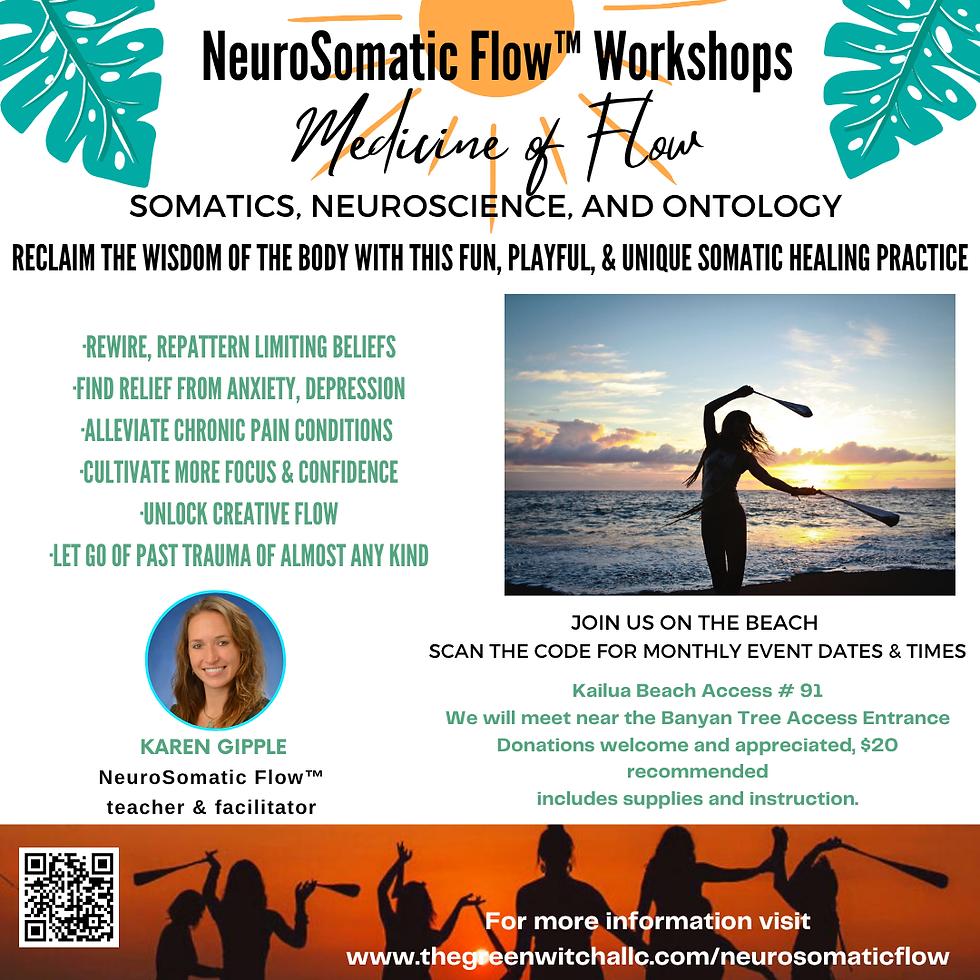Unlocking Brain Potential with Neuroplasticity
- thegreenwitchllc
- Aug 3
- 5 min read
The brain is often described as one of the most complex organs in the human body, capable of incredible feats of memory, reasoning, and creativity. Recent scientific discoveries have shed light on an astounding phenomenon called neuroplasticity, which is the brain's ability to reorganize itself by forming new neural connections throughout life. This capability allows us to adapt to new experiences, learn new skills, and recover from injuries. In this post, we will explore the neuroplasticity advantages and discuss practical ways to unlock your brain's full potential.

Neuroplasticity Advantages
Neuroplasticity is not just a fascinating scientific concept; it has practical implications for our everyday lives. By understanding the neuroplasticity advantages, we can harness this knowledge to improve our cognitive functions and overall mental well-being. Here are some key benefits of neuroplasticity:
Enhanced Learning: Neuroplasticity enables us to learn new information throughout our lives. Whether you're learning to play an instrument, pick up a new language, or master a new skill, your brain is constantly forming new connections to help you succeed.
Response to Injury: One of the most remarkable aspects of neuroplasticity is the brain's ability to recover from injury. For example, after a stroke, patients can often relearn lost skills through rehabilitation programs that take advantage of the brain's ability to rewire itself.
Mental Health Improvements: Neuroplasticity has implications for mental health as well. Therapies such as cognitive behavioral therapy (CBT) can promote positive changes in brain pathways, reducing symptoms of anxiety, depression, and other mental health conditions.
Age-Related Cognitive Decline: As we age, cognitive decline becomes a concern. However, engaging in activities that promote neuroplasticity can help maintain cognitive function and even reverse some effects of aging.
By embracing the neuroplasticity advantages, we unlock the potential for profound changes in our lives, enhancing both our mental capacity and emotional resilience.

What Increases Neuroplasticity the Most?
Several factors can significantly enhance neuroplasticity. Understanding these elements can empower you to effectively stimulate your brain's potential:
Challenging Mental Activities: Engaging in mentally stimulating activities like puzzles, learning a new language, or playing a musical instrument promotes the formation of new neural connections. Studies have shown that consistent mental challenges can significantly increase cognitive flexibility.
Physical Exercise: Regular physical activity has a profound impact on brain health. Exercise increases blood flow to the brain and promotes the production of neurotrophic factors, which support the survival and growth of neurons. Aerobic workouts like running or swimming are especially beneficial.
Mindfulness and Meditation: Practices such as mindfulness and meditation have been found to enhance neuroplasticity. They contribute to structural changes in the brain, particularly in areas related to emotional regulation and stress response.
Healthy Diet: Nutrition plays a crucial role in brain function. Diets rich in omega-3 fatty acids, antioxidants, vitamins, and minerals can help support neuroplasticity. Foods such as fatty fish, berries, and nuts can have a positive effect on brain health.
Social Interactions: Engaging with others stimulates cognitive function and supports emotional well-being. Social connections foster communication and new experiences, both of which can enhance neuroplasticity.
By incorporating these activities into your daily routine, you can significantly boost your brain's ability to adapt and thrive.

Practical Ways to Implement Neuroplasticity
Embracing neuroplasticity doesn't require drastic life changes. Here are some practical steps you can take to enhance your brain's potential daily:
1. Set New Learning Goals
Whether it's picking up a new hobby or mastering a new skill, setting specific learning goals can sharpen your brain. Start small; commit to practicing for just 15-30 minutes a day. The key is consistency.
2. Engage in Regular Physical Activity
Find a form of exercise that you enjoy and can stick to. This could be dancing, hiking, or joining a sports team. Aim for at least 150 minutes of moderate aerobic activity each week.
3. Practice Mindfulness or Meditation
Start with just five minutes a day. Gradually increase your time as you become more comfortable with the practice. There are numerous apps and resources available to guide you.
4. Eat a Brain-Healthy Diet
Incorporate more brain-boosting foods into your meals. Opt for leafy greens, fatty fish, and mixed nuts. Consider discussing with a nutritionist if you’d like personalized advice.
5. Foster Social Connections
Make an effort to connect with friends and family regularly. Consider joining clubs or groups that align with your interests, as new social experiences can stimulate your brain.
By implementing these practical strategies, you can take significant steps toward enhancing your neuroplasticity.
The Future of Neuroplasticity
As research in neuroplasticity continues to evolve, the potential applications of this knowledge have broad implications. We may see advancements in understanding how neuroplasticity can aid in recovery from trauma, addiction treatment, and other cognitive disorders. The ability to reshape our brains opens the door to discovering new ways to optimize mental and emotional health across all age groups.
Incorporating the principles of neuroplasticity into everyday life has the power to transform our cognitive landscape. The future holds exciting possibilities for harnessing these principles to foster a healthier and more resilient society.
We live in an age where unlocking our brain potential through neuroplasticity is becoming more attainable and understandable. By taking the time to engage in activities that promote neuroplasticity advantages, we can not only enhance our own well-being but also inspire those around us to do the same. If your looking for a new activity we have one for you.

At 'Ohana Green Witches, we do just that with our monthly NeuroSomatic Flow ™️ workshops. Where we teach a playful somatic healing modality where Flow art dance and props are used as live neurofeedback to assist us in rewiring and repatterning the brain. Assisting in releasing stress and trauma held in the body and to rewrite and rewire limiting beliefs and habits.
In essence, embracing neuroplasticity can lead to a lifetime of enhanced learning, emotional health, and cognitive vitality. It’s never too late to unlock your brain’s potential and reap the neuroplasticity benefits, making your life richer and more fulfilling.
To join Karen at one of her in person events or to learn more about this practice and her personal coaching journeys click here.
We would love to hear what neuroplasticity activities do you enjoy or hope to incorporate more of? Let us know in the comments.






Comments